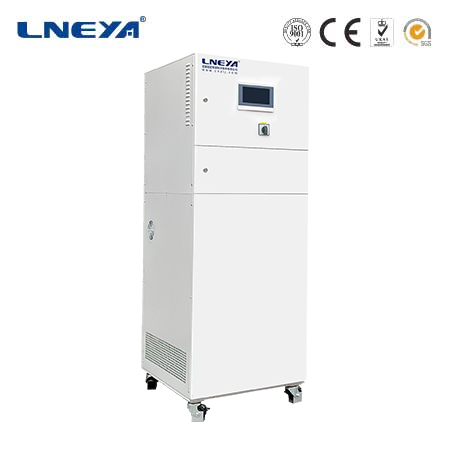cooling & heating
Cooling and Heating: Balancing Comfort and Efficiency
Temperature control is fundamental to human comfort and productivity. Whether in homes, offices, or industrial facilities, maintaining the right temperature is crucial. This involves both cooling, which removes excess heat, and heating, which provides warmth. This article delves into the principles, types, efficiency, and sustainability of cooling and heating systems.
Principles of Cooling and Heating Systems

Cooling and heating systems operate on the principles of heat transfer and energy conversion. Cooling systems work by absorbing heat from the interior environment and transferring it outside, thereby lowering the indoor temperature. Conversely, heating systems absorb heat from an external source and distribute it within the interior environment to raise the temperature.
Types of Cooling and Heating Systems
There are various types of cooling and heating systems, each with its own advantages and applications:
Air Conditioning Units: These are common in residential and commercial settings. They cool by compressing refrigerant gases, which absorb heat as they evaporate and release it outside when condensed.
Heat Pumps: These systems provide both heating and cooling. They transfer heat from the outside environment to the inside during heating and reverse the process for cooling.
Boilers and Furnaces: These systems heat by burning fuel (in boilers, typically natural gas or oil) to produce hot water or steam, which is then circulated through radiators or underfloor systems.

Solar Heating Systems: These use solar panels to capture heat from the sun, either for direct use or to heat a fluid that is then used for space heating or to generate hot water.
Efficiency of Cooling and Heating Systems
The efficiency of cooling and heating systems is measured by different metrics. For cooling, the Seasonal Energy Efficiency Ratio (SEER) indicates how efficiently a system cools per unit of energy consumed. For heating, the Heating Seasonal Performance Factor (HSPF) and Annual Fuel Utilization Efficiency (AFUE) are key indicators.
High-efficiency systems, while often more expensive upfront, can lead to significant energy savings over time. Additionally, variable-speed technology and smart thermostats can enhance efficiency by adjusting operation based on actual conditions and occupancy patterns.
Sustainability in Cooling and Heating
With growing concerns about climate change, there is a push towards more sustainable cooling and heating solutions. This includes using renewable energy sources, improving system efficiency, and employing green building practices.
Renewable Energy: Solar thermal systems and air-source heat pumps are examples of technologies that use renewable energy for heating and cooling.

Energy Efficiency: High-efficiency systems and proper insulation can significantly reduce energy consumption and associated emissions.
Green Building Practices: Designing buildings to minimize temperature extremes through orientation, natural ventilation, and thermal mass can reduce the need for mechanical cooling and heating.
Maintenance of Cooling and Heating Systems
Regular maintenance is essential for the optimal performance and longevity of cooling and heating systems. This includes:
Cleaning: Regular cleaning of filters, coils, and heat exchangers prevents dirt buildup that can reduce efficiency.
Inspection: Annual inspections can identify potential issues before they lead to system failure.
Servicing: Lubricating moving parts, checking refrigerant levels, and adjusting components as needed can enhance system performance.
Conclusion
Cooling and heating systems are integral to modern life, providing the comfortable environments necessary for work, rest, and leisure. As technology advances, these systems are becoming more efficient and sustainable, reducing their environmental impact while enhancing comfort and productivity. Understanding the principles, types, and maintenance of these systems empowers users to make informed decisions about their heating and cooling needs.
Related recommendations
closed water cooling system
406Closed Water Cooling Systems: Efficient and Sustainable Industrial Cooling Closed water cooling systems, also known as closed-loop cooling systems, are specialized setups used in various indust...
View detailstemperature process control system
423Temperature Process Control Systems: Ensuring Precision in Industrial Processes Temperature process control systems are essential in maintaining the precise temperature conditions required for ...
View detailswater cooled portable chiller
435Definition and StructureA water cooled portable chiller is a compact and movable cooling device that uses water as the primary medium for heat dissipation. It is designed to provide on - the - go ...
View detailsprocess chilled water system
736Process Chilled Water Systems: Critical for Temperature Regulation in Industrial Processes Process chilled water systems play a vital role in various industries, providing precise temperature c...
View details
 LNEYA Thermal Test Chillers
LNEYA Thermal Test Chillers






HelloPlease log in